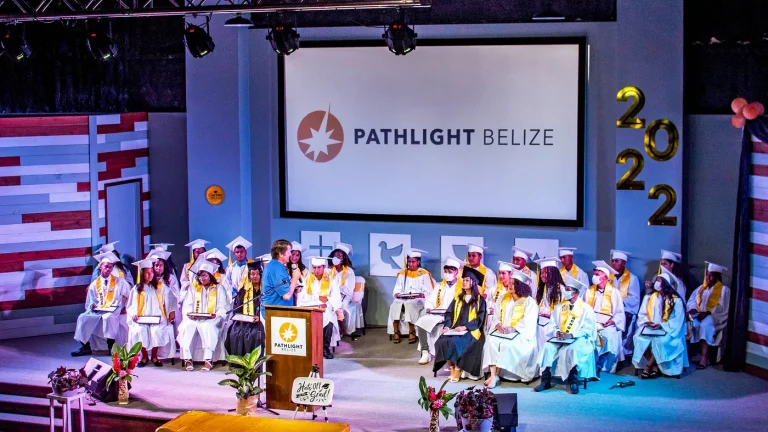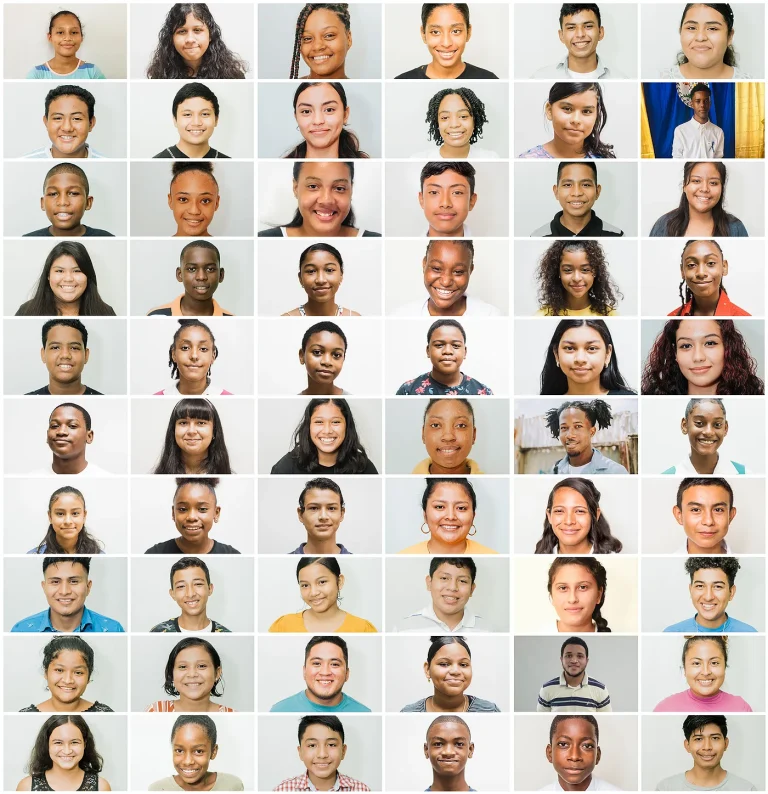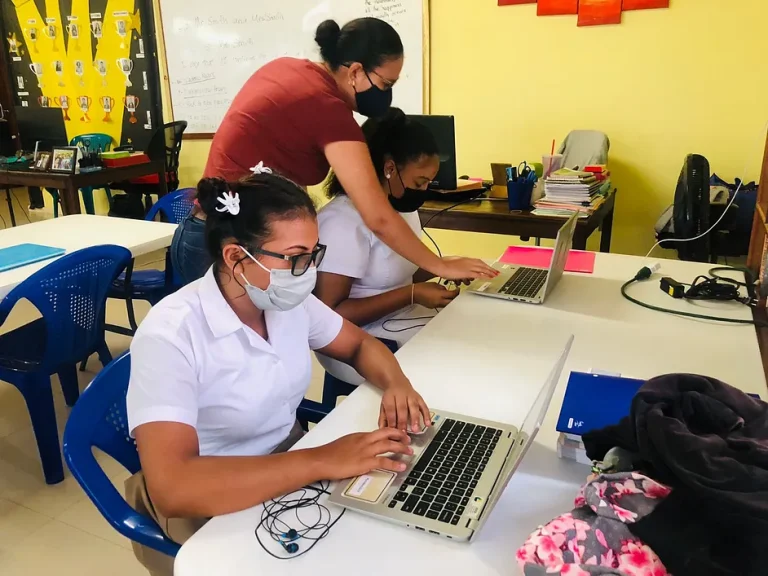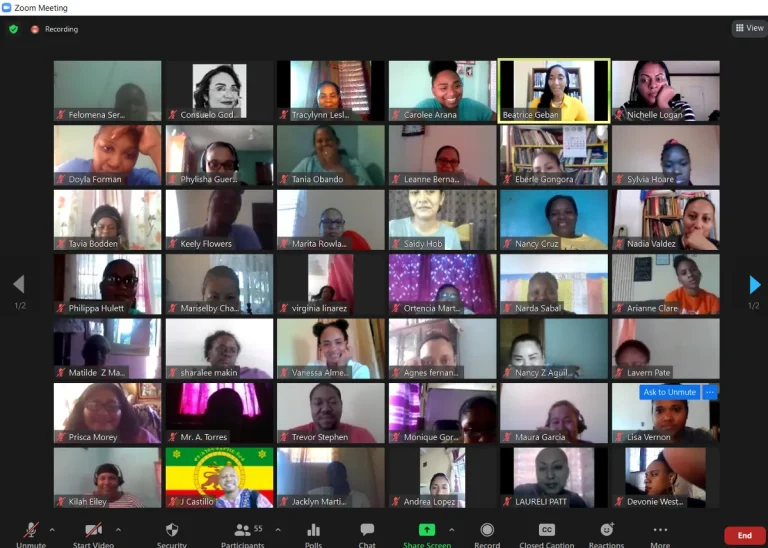Do Child Sponsorships Actually Work?
Child sponsorships have been around for decades, maybe centuries. Many people are drawn to them because they seem to have a direct impact on a child in need and engage donors on a heartfelt level.
But do they actually work? Can a child sponsorship really change the trajectory of a child’s life?
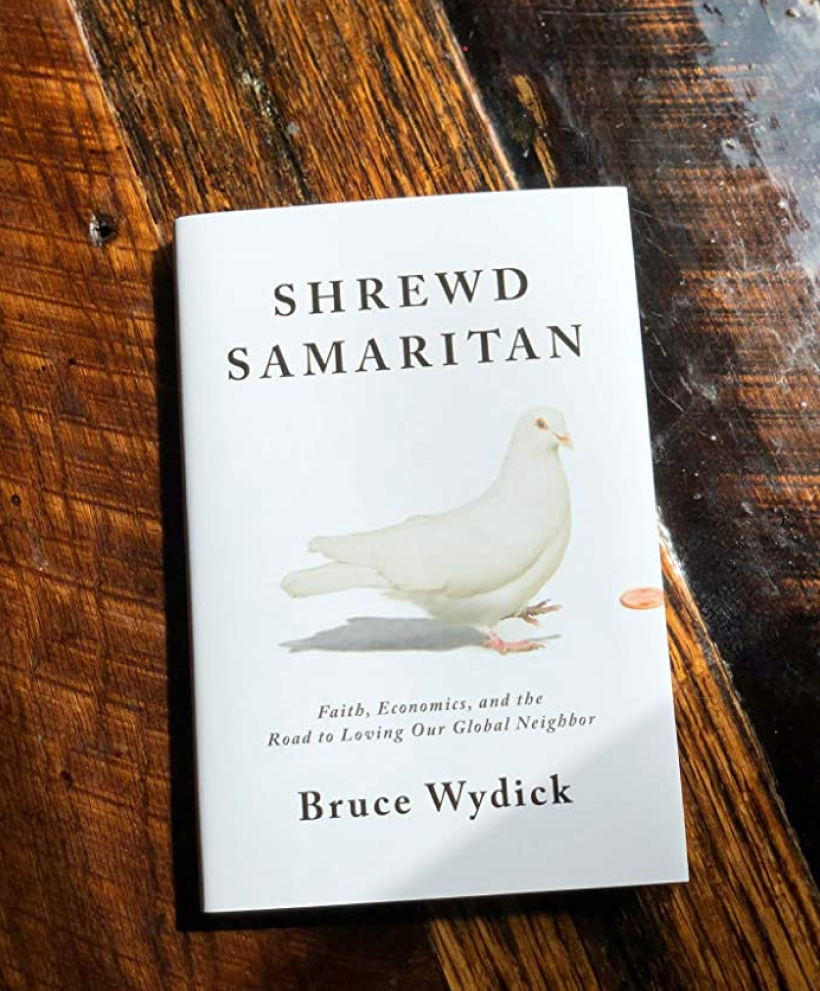
Bruce Wydick was asked this very question. Dr. Wydick is professor of economics and international studies at the University of San Francisco, the author of Shrewd Samaritan: Faith, Economics, and the Road to Loving our Global Neighbor, and a contributor to multiple periodicals and publications. He carried out a multi-year study of Compassion International’s child intervention that have shown far-reaching impacts of the program.
Our co-founder and CEO, Roy Goble, sat down with Bruce to find out what he learned.
Roy: Bruce, straight to the point: do child sponsorships work?
Bruce: Yes, at least there is good evidence that Compassion’s child sponsorships do.
Roy: Okay, I’ll admit that I expected you to say that. I’ve seen them work in real life! But how do we know they work?
Bruce: Because our research group quantified this with hard research and data. Here’s the reality: Child sponsorship is by no means a cheap intervention. With Compassion it costs sponsors $38 per month per child, and I think it’s $34 for a co-sponsorship at PathLight, right? But we find that sponsorship has remarkable impacts on adult life outcomes. They are also a good way for donor families with children to give in an effective and meaningful way, and to help their own children better understand the needs and challenges of children their own age in low-income countries.
Roy: You’ve thought a lot about this. What got you pondering?
Bruce: For years my wife and I had been sponsoring children overseas, and for years I thought to myself, “Somebody should really find out whether this thing works.”
Roy: Lemme guess: that ‘somebody’ was you?
Bruce: Exactly. Being a development economist interested in these kinds of questions, I had no good excuse why that person shouldn’t be me. So in 2008 I began a research adventure with Compassion International that sought to use some of the tools developed in quasi-experimental econometrics (techniques which later were the subject of the Nobel Prize in 2021) to estimate the impacts of child sponsorship on the adult life outcomes of formerly sponsored children.
Roy: And this works everywhere? Or only in certain places or circumstances?
Bruce: As we researched this, it was clear from our first results in Uganda that adult outcomes were significantly better for formerly sponsored children than for their siblings who were just over the sponsorship age limit when a sponsorship project began in their village. My research collaborators and I carried the study to five other countries: Kenya, Guatemala, Bolivia, the Philippines, and India. We found large and significant impacts on not only schooling (45% higher high school graduation rate), employment (35% more likely to have a white-collar job), and income (20% higher), but also on adult dwelling quality, church leadership, and leadership in the community.
Roy: Okay, last question. Why the heck do sponsorships work so well?
Bruce: One of the main reasons is that Compassion sponsorship combines an array of interventions that together generate big impacts on kids’ lives. Sponsorships address key external constraints to child development: covering school fees, school uniforms, providing regular nutritious meals, and tutoring. But they also address key internal constraints related to the development of a child’s self-esteem, high aspirations for schooling and vocation, spiritual and character values, and general optimism and happiness. And poverty interventions that are targeted to just one area of need are less likely to have strong effects. Even if one issue is addressed successfully, deficits in other areas may prevent a child from navigating a path out of poverty by adulthood.
Roy: This is great information, thanks Bruce. And thank you for investing your time, treasure, and talent into helping all of us be better stewards.
Bruce: You’re welcome, Roy, and thank you for all the good work done by PathLight.

